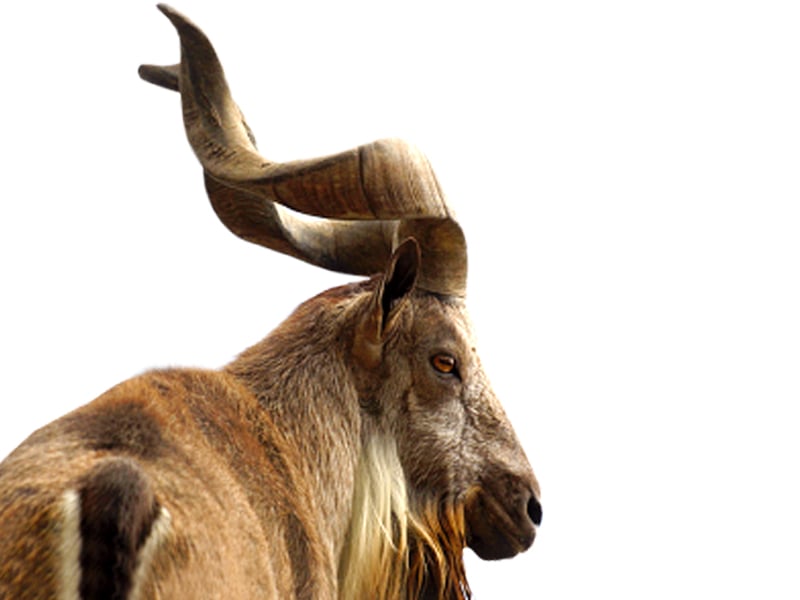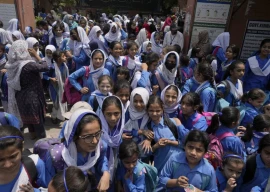
A foreign hunter successfully hunted a Kashmiri Markhor in Gahiret Gol with the assistance of the Gahiret Conservatory Committee under the supervision of DFO Wildlife Lower Chitral, Farooq Nabi.
According to the Department of Wildlife Lower Chitral, the successful trophy hunt took place today within the boundaries of the Gahiret Conservatory Committee, located in Lower Chitral. Spanish citizen Cristian Pablo Abilo Gamezo hunted the Kashmiri Markhor under a permit.
The Spanish hunter paid a fee of US$219,000 for the permit, which amounts to PKR 61.25 million.
The hunted Markhor was nine years old, and the horns measured 41.5 inches in length. It is noteworthy that 80% of the revenue from trophy hunting is allocated to local community development projects, while 20% is deposited into the government treasury.
In December last year, an American hunter paid a permit fee of PKR 75.5 million for hunting a Markhor in the Toshi Shasha Conservancy. This remains the highest fee ever paid for Markhor hunting in Chitral's history.
Markhor hunting in Khyber Pakhtunkhwa (K-P) is a regulated activity aimed at conserving this endangered species while supporting local communities. The Markhor, Pakistan's national animal, is known for its magnificent spiraled horns and is predominantly found in the mountainous regions of Chitral and Kohistan. Trophy hunting, which permits hunters to target specific, mature male Markhors, plays a crucial role in wildlife conservation efforts.
The programme operates under strict guidelines. Hunting permits are auctioned to foreign and local hunters, often fetching hundreds of thousands of dollars. The funds generated are divided between local communities and the government, with 80% directed toward community development projects like education, healthcare, and infrastructure. This incentivizes locals to protect wildlife, as they directly benefit from its preservation.
The initiative has led to a significant increase in Markhor populations, turning local communities into stakeholders in conservation. For instance, in the 1990s, the species faced severe decline due to poaching and habitat loss, but with the introduction of trophy hunting programs, their numbers have rebounded.





1736727549-0/booktok-(1)1736727549-0-165x106.webp)


















COMMENTS
Comments are moderated and generally will be posted if they are on-topic and not abusive.
For more information, please see our Comments FAQ